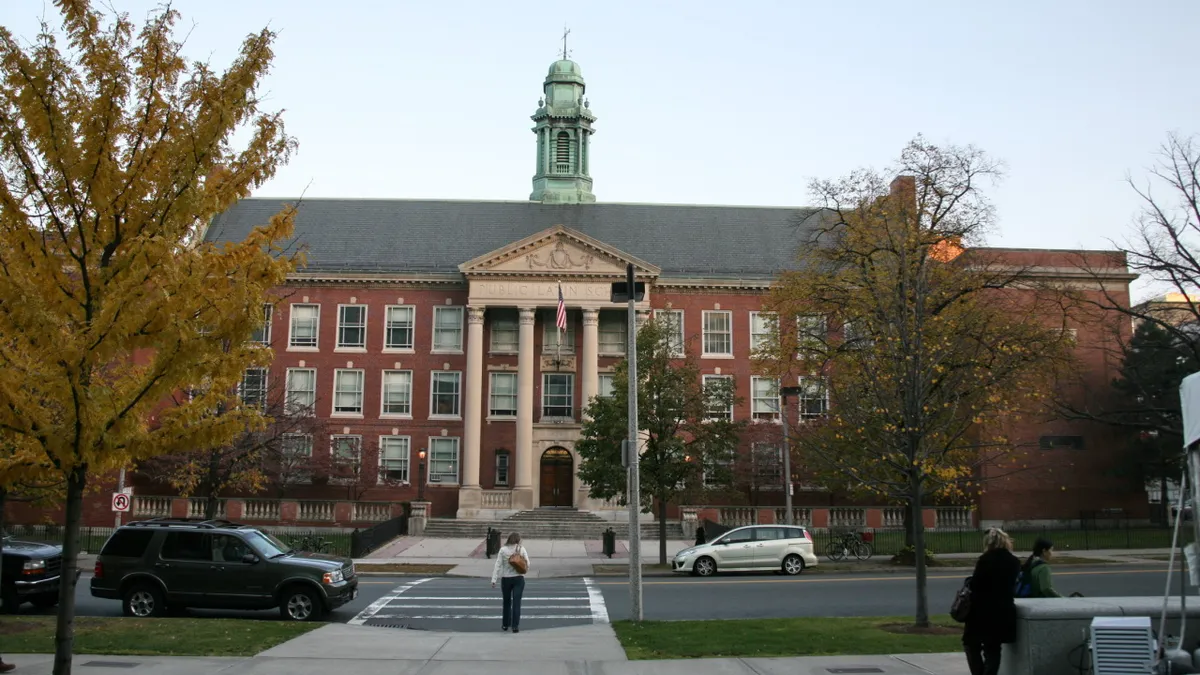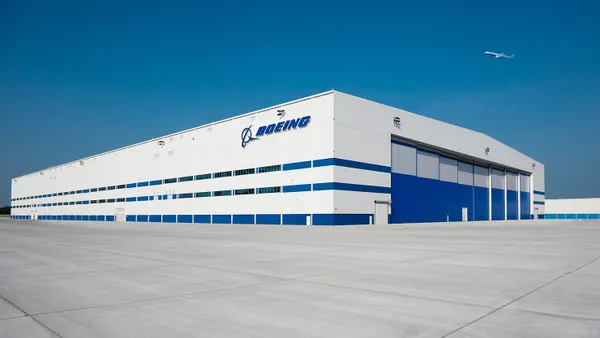Dive Brief:
- The U.S. Department of Energy launched the Better Buildings Zero Energy Schools Accelerator on Dec. 6, a program to develop cost-effective, zero energy design for the educational sector.
- As the number of K-12 schools continues to increase, the DOE estimates a savings potential between 65% and 80% of energy consumption for Zero Energy schools, depending on regional climate conditions.
- Zero Energy school features, including extensive use of passive daylighting and optimized ventilation and heating systems, have been determined in studies to help improve the learning environment while energy dashboards and technologies offer teacher tools to engage students in learning more about energy consumption.
Dive Insight:
Net-zero energy buildings are looking to level-set sustainability to a flat line of energy consumption. Schools offer an intriguing and triple-bottom-line proving ground for net-zero concepts, because beyond the energy equation, net-zero buildings are perceived as healthier and hold the potential to inspire greater levels of productivity and creativity for their occupants.
Firms like Skanska USA have keyed in on those performance and wellness attributes. At the Bertschi School project in Seattle, Skanska USA worked to move beyond net-zero to a net-positive energy footprint that also incorporated universal access and healthy building materials. Cost remains a challenge for net-zero development, with builders still stretching to contain rates. Better Buildings corporate partners could help reduce those costs, at least for proof-of-concept projects administered under the program, and the proliferation of build-outs could spurn additional investment as buildings demonstrate recuperated operating income.
Major project contracts are following the green trend. In October, Balfour Beatty landed a $110 million deal with Dallas-area Highland Park to construct and renovate a portfolio of schools to meet higher sustainability requirements. Skanska was also awarded a $72 million contract in January to retrofit Washington, DC's largest elementary school to LEED Gold standards.












